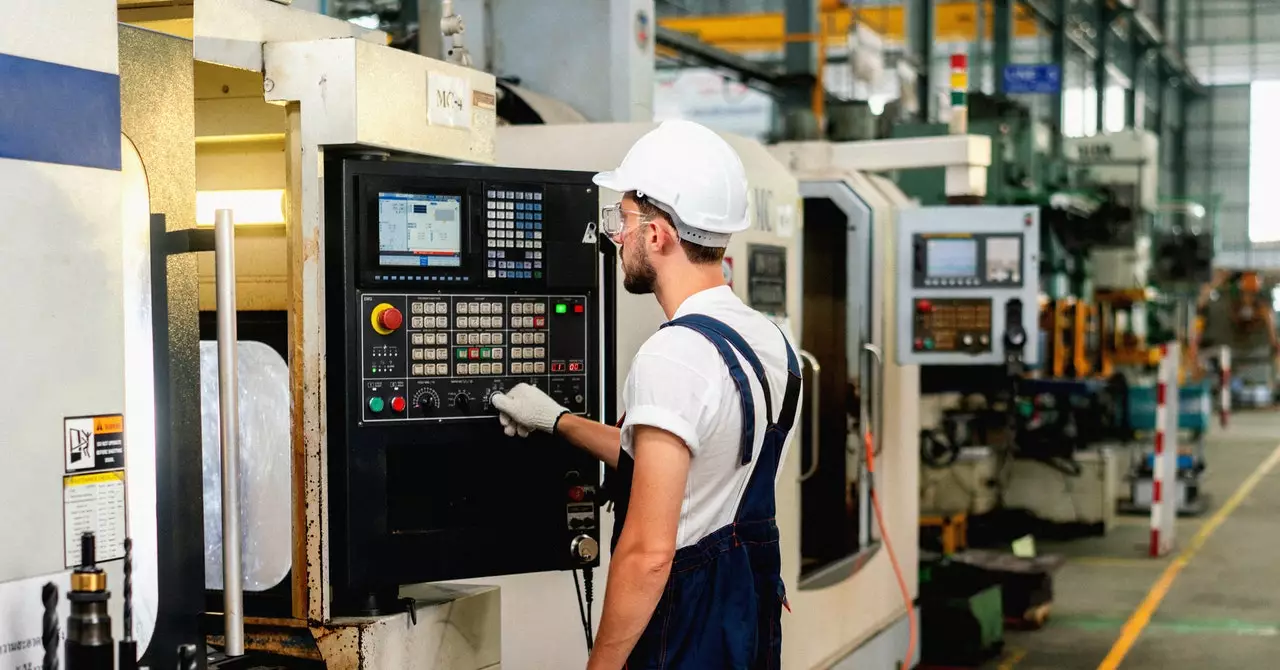In the ever-evolving landscape of industrial manufacturing, the production of steel ball bearings remains a process that has remained fundamentally the same for over a century. However, the surrounding processes are continuously being transformed through automation and technological advancements. As industries strive for greater efficiency, incorporating Artificial Intelligence (AI) into operations could not only optimize existing systems but also pioneer new methods of production and quality assurance.
The manufacturing method for steel ball bearings dates back to around 1900, utilizing traditional grinding machinery that has proven to be effective over decades. Currently, companies like Schaeffler in Hamburg have taken this traditional process and integrated advanced automation through conveyor belts. This shift towards automation reduces the dependency on human labor, streamlining production. Machines now handle the bulk of operations, but humans are still crucial, especially in troubleshooting and quality control.
As the process becomes more automated, the likelihood of human oversight decreases, which has led to the development of new roles for workers—to troubleshoot and maintain the systems. However, this responsibility may soon transition to AI, whose capabilities could enable machines to diagnose and correct issues autonomously. This not only accelerates the resolution of production problems but also significantly enhances product quality.
The journey of a steel ball bearing begins with raw materials in the form of steel wire, which is shaped into rough spheres through cutting and pressing. The subsequent steps involve a rigorous process of hardening them in furnaces and subjecting them to three levels of precision grinding to achieve spherical perfection within a remarkably tight tolerance of just a tenth of a micron. This degree of precision is required for modern machinery, which relies on these versatile components to facilitate low-friction operation in diverse applications, from industrial lathes to automotive engines.
Achieving such exacting standards necessitates continuous testing and quality assurance measures. Despite robust testing protocols, defects can surface at any stage of production, prompting challenges in identifying their origins. The complexity of contemporary manufacturing environments means that a defect identified on the assembly line may be linked to various factors, including imprecise equipment settings or worn-down machinery. An advanced data analysis system could streamline this investigation process by correlating inconsistent outputs with multiple data points, promoting faster resolutions.
The Future of AI in Manufacturing
Schaeffler’s recent adoption of Microsoft’s Factory Operations Agent showcases how AI can enhance industrial operations. This innovative tool utilizes large language models to assist manufacturing teams in pinpointing causes behind production anomalies, such as defects or equipment downtime. Essentially functioning like a “ChatGPT for factories,” the agent can provide insights into complex issues by analyzing data across various systems within a manufacturing ecosystem.
Kathleen Mitford, a representative from Microsoft, defines this AI tool as a “reasoning agent” that not only translates inquiries posed by factory staff but also correlates these questions with standardized data models for accurate and relevant responses. This ability to bridge human inquiries with large sets of operational data is transformational, as users can quickly access critical insights to rectify production problems.
Challenges and Limitations of AI Integration
Despite the exciting prospects that this AI could herald, it is imperative to note that it is not an autonomous decision-maker. The current iteration of AI does not possess the capacity for self-directed goals and primarily serves as a sophisticated data retrieval and analysis tool. While users can leverage its functionalities for executing straightforward commands, the system’s design focuses on augmenting human efforts rather than replacing them entirely.
The true strength lies within the amalgamation of operational technology data and the AI’s analytical capabilities. As companies such as Schaeffler increasingly integrate such systems into their global operations, the potential to harness vast amounts of data for continuous improvement is profound.
The steel ball bearing production process, though historically consistent, faces a seismic shift with the integration of AI and automation. As these technologies further mature, they hold promise not only for increasing efficiency and precision in manufacturing but also for redefining the roles of human workers within this age of industrial innovation.


Leave a Reply